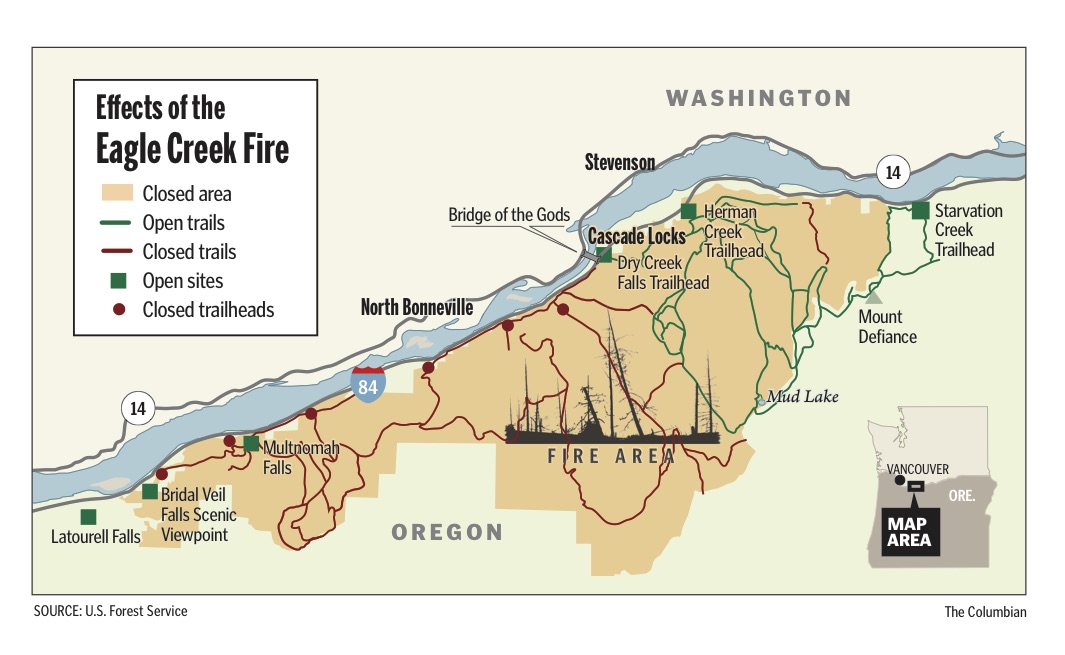It’s true: The Columbia River Gorge National Scenic Area and, by extension, the people who love to recreate in it, are still suffering the effects of the Eagle Creek Fire a year later.
On the Oregon side, most the Columbia River Gorge’s marquee trails, waterfalls and cycling corridors remain closed to the public indefinitely.
But rather than feeling discouraged and wasting your day wondering what hikes will satisfy your outdoorsy nephew when he visits from Absarokee, or which waterfall will be both accessible and impressive for great-aunt Doris, rest easy.
There’s still a number of exciting and interesting sites to see on the Oregon side of the Gorge. In fact, this might be the perfect time to explore and discover places you’ve never seen.
Finding them is going to require a little initiative, but consider these seven tips a way to get started.
1. Know where to look
Social media, travel sites, blogs and magazines are full of articles and beautiful photos of “must see,” “must climb” and “must ride” places within the scenic area. But tell your out-of-town friend that given all the closures, this is a bad time to look to those sites for inspiration.
Enlarge
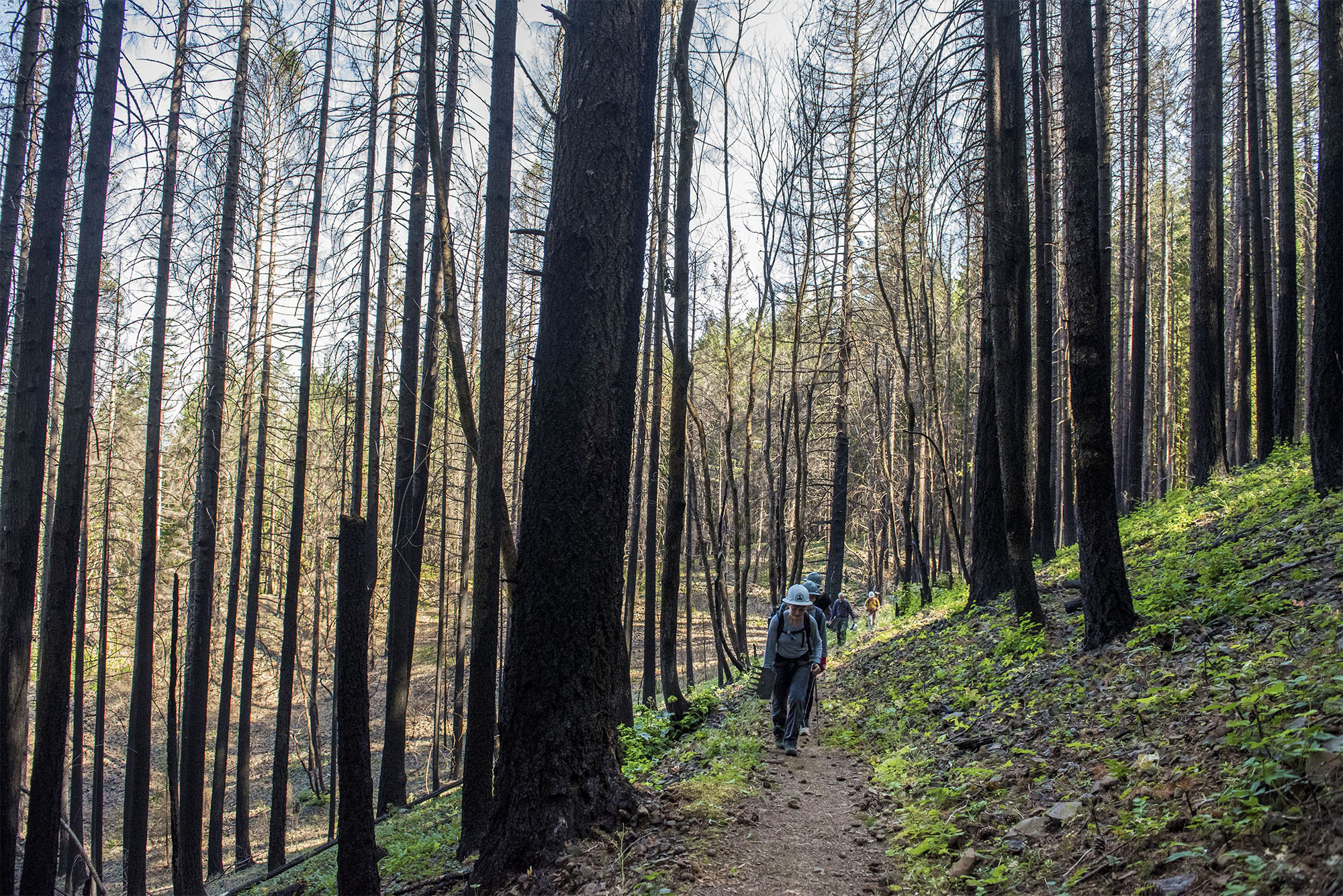
In fact, Rachel Pawlitz, spokeswoman for the Columbia River Gorge National Scenic Area, said the Forest Service is wrestling with how to get the word out to those “third-party travel websites” that significant closures are in place. Visitors who are reading about the Gorge on sites without the latest closure details often leave disappointed.
“I think we’re observing an increase in frustration,” Pawlitz said. “There’s a lot of people who visit from out of the country or out of state. When you explain the hazards are due to a fire, they’re very surprised a fire from a year ago has resulted in this type of situation.”
The best sources for up-to-date information are groups with a vested interest in the scenic area.
The Forest Service has a lot of online information about closures and possible alternatives for hikes, waterfalls and bike rides. Friends of the Columbia River Gorge also maintains a website with a long list of hiking opportunities in and around the scenic area.
ReadySetGorge.com offers a broad suite of information ideal for the new visitor as well as the seasoned local. It’s worth a look, given its links directing to a host of other organizations and also tips on how to beat the crowds.
Stakeholders say the old mantra about visiting the Gorge — ‘go early, go late, go east’ — still applies, perhaps more now than ever.
“You’ve got to plan in a way you didn’t have to five years ago,” said Kevin Gorman, executive director of Friends of the Columbia Gorge.
2. Know what you want
Pawlitz said that when Forest Service staff members help someone plan an outing, they try to gauge who is standing in front of them.
“We always tend to put a casual landing question in — are they a true hard-core hiker or a window-shopper hiker?” she said. “We separate them like that because the recommendations become very different right away depending on how they answer.”
Asking yourself or your hiking companions similar questions is important. There’s something for everyone out there, but choosing the wrong trail is a great way to ruin an outing.
3. For hard-core hikers
If you’re looking for an all-day hike, or even going backpacking, take a look at the Herman Creek Trailhead. The trail cuts through lush, green forest, winds past streams and boasts all the features that make the Gorge as incredible as it is. Starting at Herman Creek, the hike to Mud Lake is nearly 18 miles and climbs 3,400 feet. There are a number of trails that connect and split off, so it’s a good idea to consult a map, and perhaps plan a customized outing.
“People can create their own backpacking adventures through there,” Pawlitz said.
4. See the scars
It’s hard to wrap your mind around what a fire does to a landscape unless you see it in person. The Eagle Creek Fire didn’t burn uniformly, instead leaving a mosaic of varying intensity throughout the Gorge. If you’re curious about what the landscape looks like, you don’t have to go far to see lingering damage and simultaneous recovery.
Enlarge

One particularly interesting choice is Mount Defiance from Dry Creek Falls Trailhead. If you go, be ready — the round trip is around 12 miles and gains nearly 5,000 feet of elevation. It’s seen as one of the hardest hikes in the area. But not only does it offer incredible views of the region’s volcanos and high peaks, but you can also see the work firefighters did to stop the fire’s eastward progress.
“When you get to a point where the trail is running north-south, the west side is burned but the east side is green. That’s the spot where firefighters started back burning,” Gorman said. “It made it bigger, but in the long run may have went a long way in saving the community of Hood River; when the fire did come through, it wasn’t as powerful.”
5. Multnomah Falls options
Easily the Gorge’s most popular site, Multnomah Falls and the lodge are open, but there are caveats. The Historic Columbia River Highway is closed, and that’s significantly reduced the volume of visitors to the site, which might be an advantage for folks who want to avoid the crowds. But it also reduced the parking; there’s a shuttle bus from east Portland’s Gateway Transit Center via Rooster Rock State Park.
The trail to the upper falls temporarily ends at Benson Bridge, which blocks access to several other beautiful trails and sites and is guaranteed to disappoint the more adventurous.
Enlarge
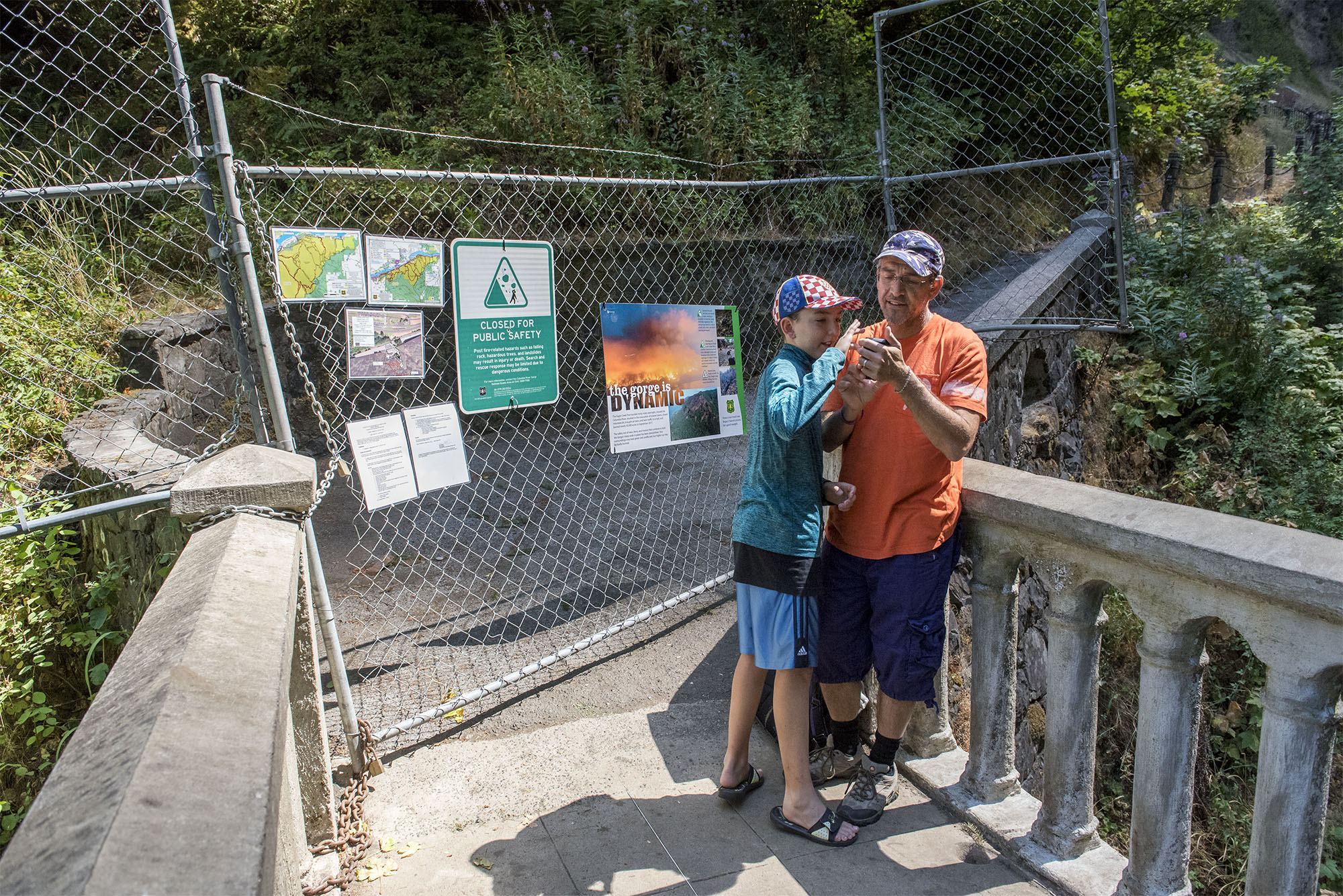
Consider skipping Multnomah Falls and visit the Dry Creek Falls trailhead. At about 4.4 miles round trip, the hike is a little longer, but it’s more woodsy, less crowded and leads to a tall waterfall descending an impressive geologic rock face.
With access to four waterfalls — three of which lie within 1.2 miles from the trailhead — the Starvation Creek trailhead is something of a trip to the waterfalls buffet. The namesake waterfalls, a two-tier, 190-foot, arresting falls is just hundreds of feet away from the parking lot.
6. For people with mobility issues
Clay Courtright, park manager for the West Columbia Gorge Management Unit of Oregon State Parks and Recreation, said Latourell Falls is a scenic 2.9-mile loop hike that crosses five bridges. If long walks aren’t your thing, the lower falls is only a third of a mile down the trail.
“It’s beautiful,” he said. “Its picture (recently) was on the cover of Backpacker magazine.”
Bridal Veil Falls State Scenic Viewpoint offers a short, steep hike down to the base of the waterfall. It’s not wheelchair accessible. But people with mobility issues can enjoy the scenic overlook trail, which leads to a perch over the river.
“It’s flat and ADA accessible, one of the only trails in the Gorge that is,” he said.
Enlarge
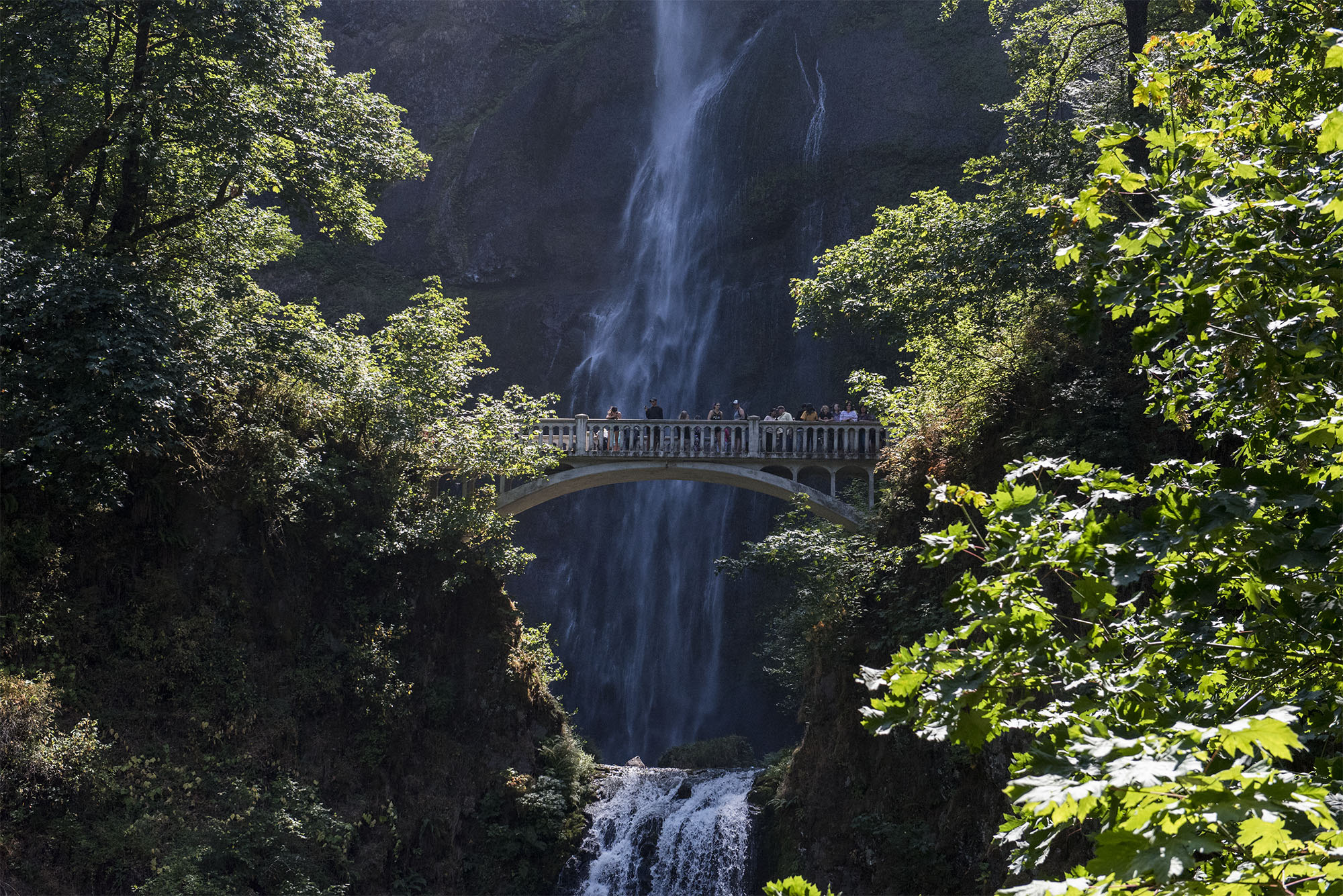
7. The rest will open — eventually
Trail crews, land managers and road construction workers are laboring to get all the recreational features reopened, but the timeline is far from certain. The Oregon Department of Transportation anticipated reopening the Historic Highway in September, but landslides near Oneonta and Horsetail falls caused a significant delay, said spokesman Don Hamilton. At this point, there is no scheduled reopening date.
If you want to get involved in trail restoration work, there are plenty of organizations out there to get in touch with.
The Trailkeepers of Oregon, the Pacific Crest Trail Association and Friends of the Columbia Gorge, to name a few, have volunteer opportunities available from trail maintenance to trailhead ambassadorships.
Enlarge
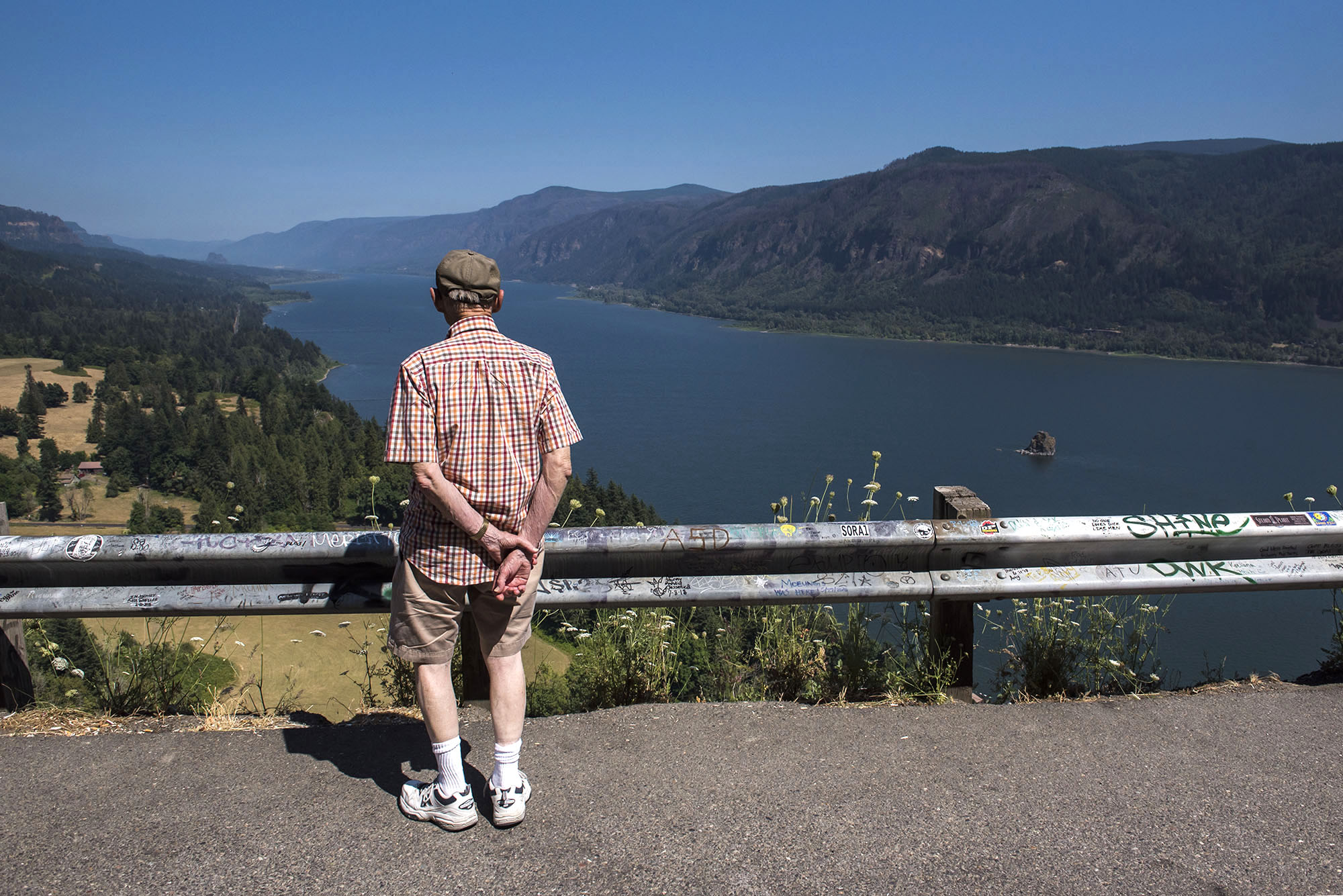
Dameon Pesanti: 360-735-4541; dameon.pesanti@columbian.com; twitter.com/dameonoemad
